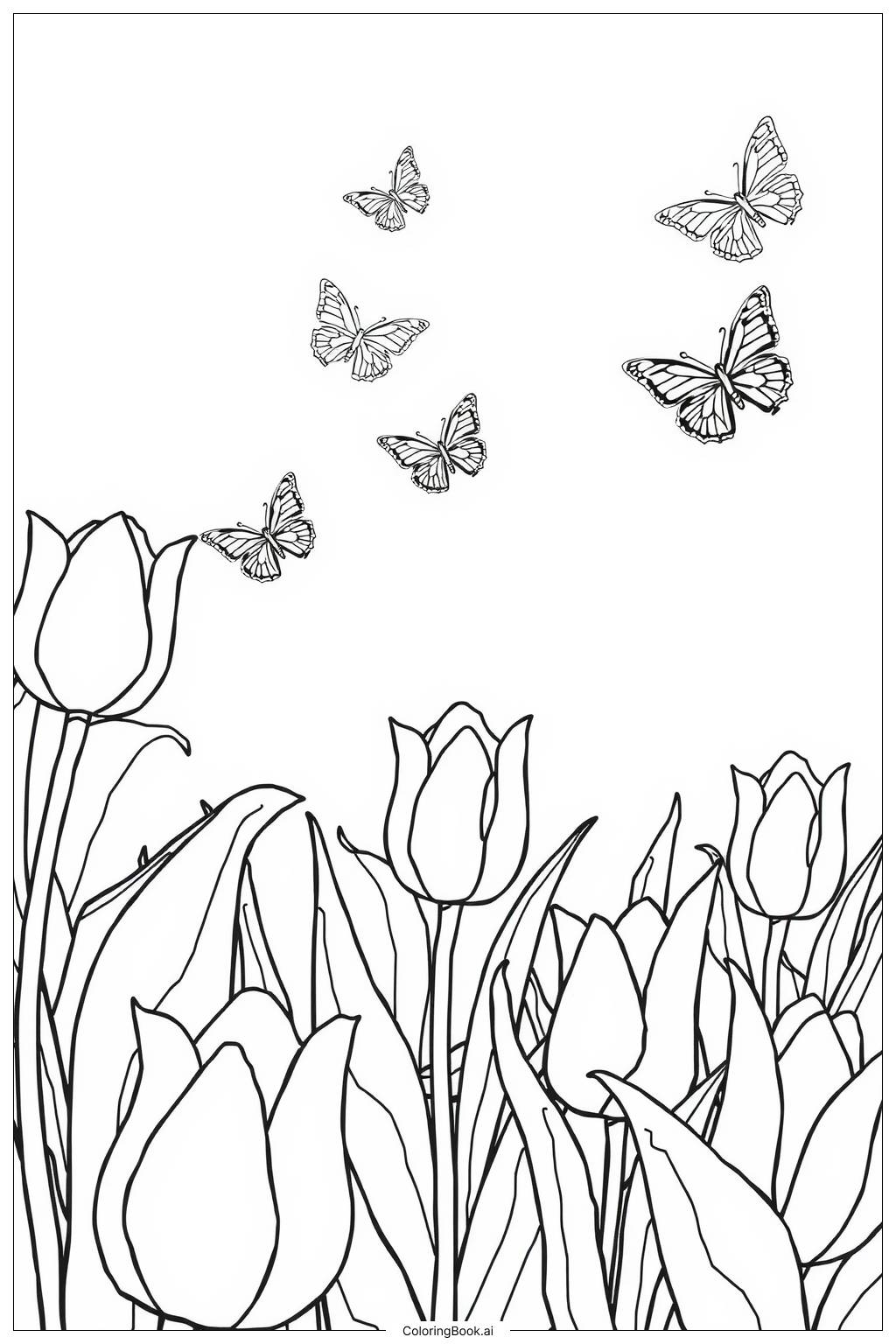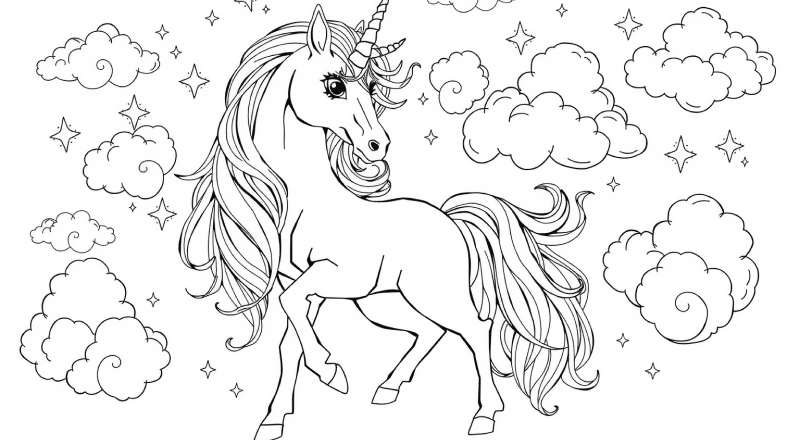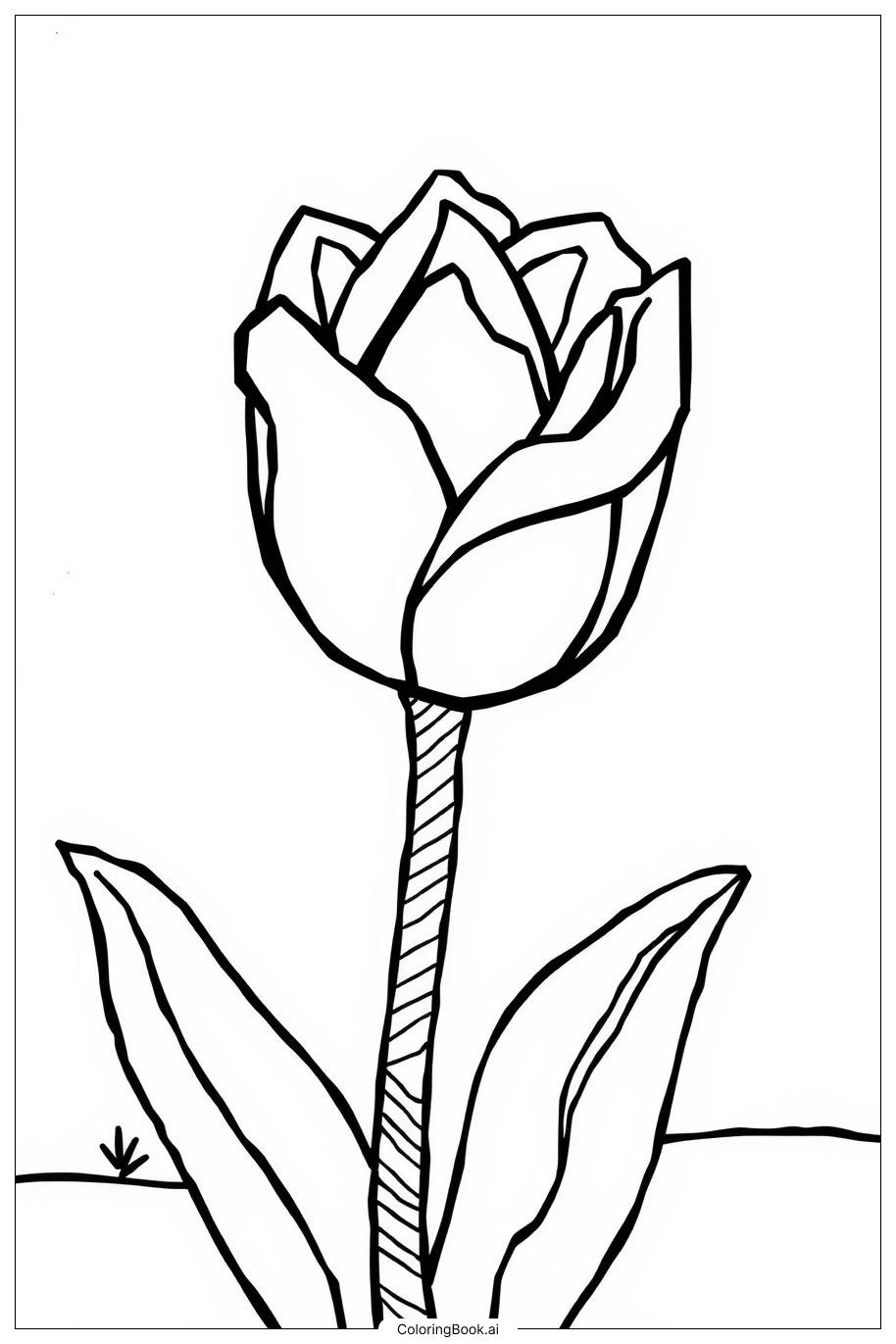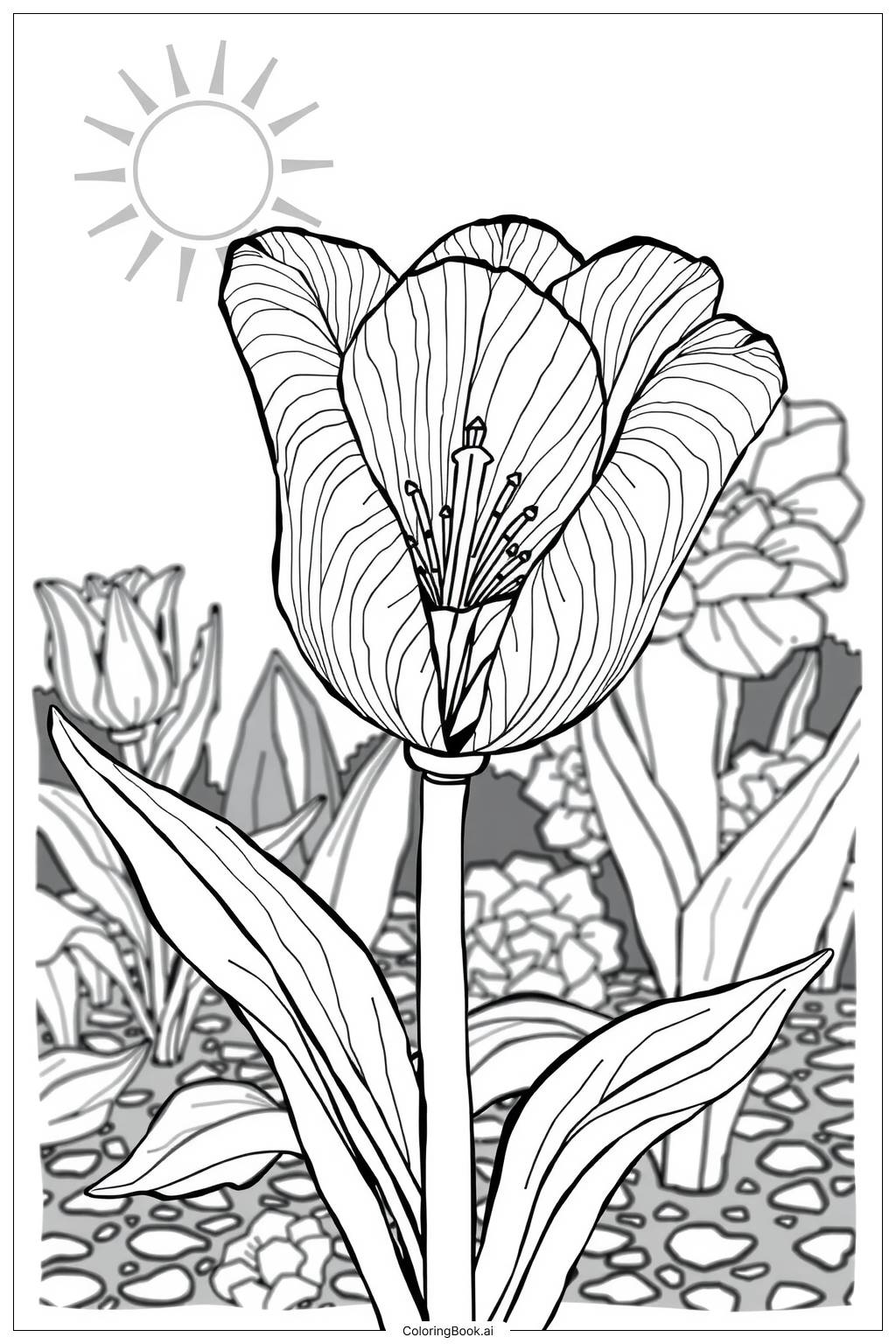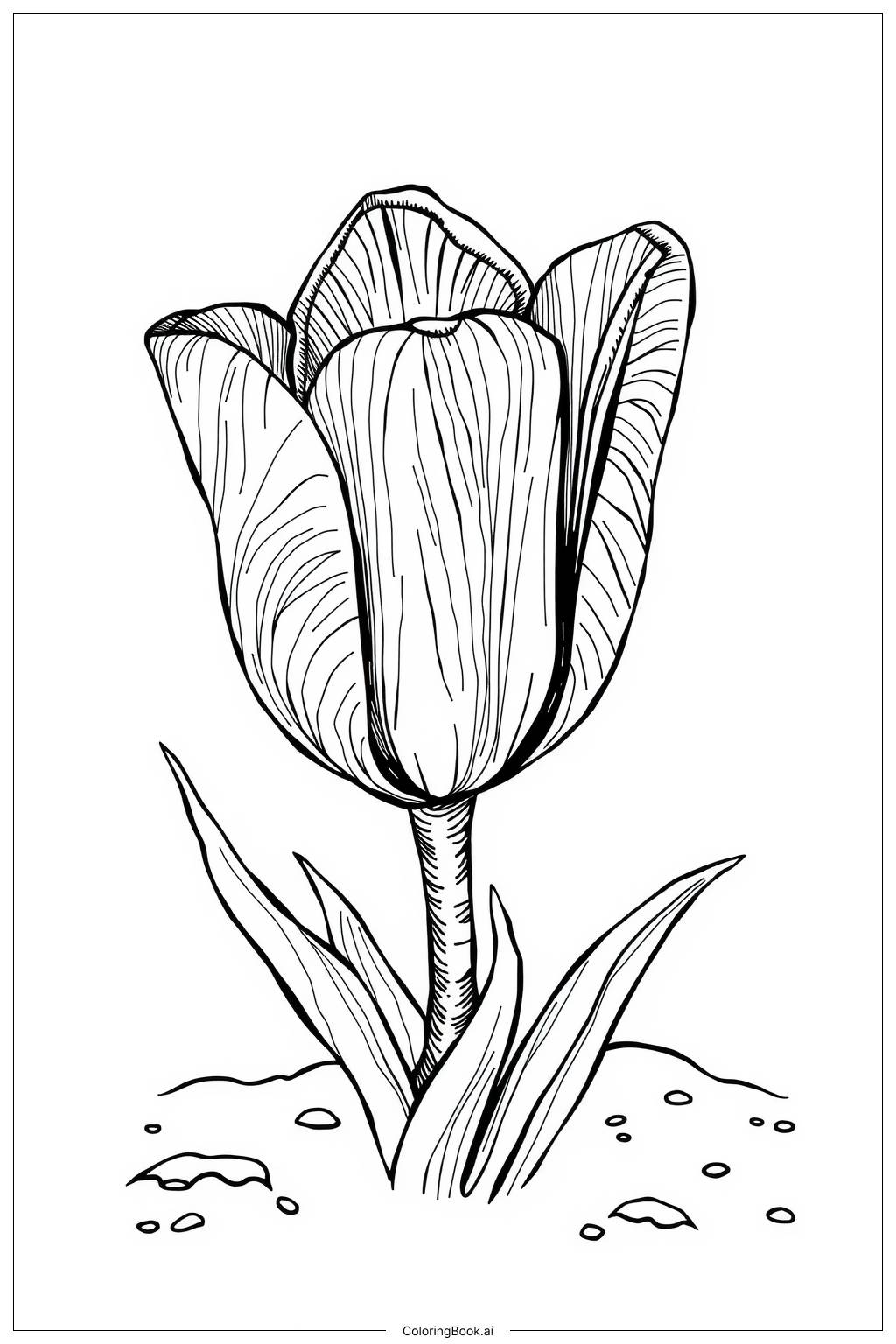Coloring tips: How to color Realistic Tulip Garden with Butterflies coloring page well?
For coloring the tulips, consider bright colors like red, yellow, and pink. Use different shades to make each flower look unique. The leaves can be various shades of green, adding depth to the garden. For the butterflies, use contrasting colors such as blue, orange, or purple to make them pop against the flowers. Don't forget to blend colors for soft effects, especially in the leaf backgrounds and petal edges. You can even add glitter to make it sparkly!
Coloring challenges: Which parts are difficult to color and need attention for Realistic Tulip Garden with Butterflies coloring page?
1. Color Blending: Blending colors smoothly can be tricky. Kids need to practice to make colors transition naturally, especially in the petals and leaves.
2. Small Spaces: The butterflies have delicate patterns. Filling in these small areas may require precision and a steady hand.
3. Color Choices: Selecting the right colors can be challenging. Kids might struggle with how to choose colors that complement each other while coloring tulips and butterflies.
4. Overlapping Elements: Some tulips and butterflies overlap, which may confuse young artists on how to paint without coloring over the lines.
Benefits of coloring books: Advantages of drawing Realistic Tulip Garden with Butterflies coloring page
Coloring this page provides several benefits. First, it encourages creativity. Kids can choose their colors and create unique flowers and butterflies. Second, it enhances fine motor skills. Holding crayons or markers helps develop hand-eye coordination. Third, coloring can be relaxing. It helps children focus and reduce stress, making it a fun activity. Lastly, this page can be a great educational tool. Kids learn about nature while engaging with tulips and butterflies, stimulating their curiosity.
